
The Background
Torrenting was born in 2001 and pioneered a new way for people and companies to share files. It was relatively easy to use and - because it allowed for anyone to share or download albums and movies - it got popular VERY quickly. How popular? Well, in 2009, it was estimated that torrenting accounted for a mind-boggling 43% to 70% of all Internet traffic. Once Netflix, Hulu, Amazon Prime, Spotify, and Apple made purchasing high-quality music and video relatively cheap and easy, torrenting traffic plummeted.
However, the technology’s once again gaining popularity, so let’s explain what torrenting is, how it works, and the legal implications of using the technology.
The Technology
At its core, torrenting is a technology that allows people to share files. What makes it special is how the technology works. And, since explaining technology can be difficult, let’s instead use a metaphor that anyone can understand: pizza!
The Normal Way to Get a Pizza
If you want a pizza (and of course you do), you contact your local pizza parlor, order the pizza that you’d like, and - within about an hour - your pizza is delivered to you. It’s a delightful, simple, and supremely delicious system that requires only three parties:
You, the consumer of the pizza
The pizza parlor, the maker of the pizza
The transportation service, who delivers the pizza to your home.
This three-party system is also how most downloads from the Internet function. For example, let’s say you’re needing to download the latest Firefox web browser:
You, the consumer, can download the software to use
Mozilla, the maker of the software, gives the public access to the software on its servers
The transportation service, who provides you access to the Internet, is your Internet Service Provider (or ISP).
It looks a bit like this:
Your ISP gives you access to the Internet. You contact Mozilla. They give you permission to download software from their servers. That’s it! If that looks or sounds simple, it’s because - by design - it is!
However, there are more creative ways to order a pizza...
The Complex Way to Get a Pizza
Let’s say that you’re ordering the same pizza. Only this time, 80 or 90 different pizza parlors will join forces to get you your pizza!
To make this happen, not only will each parlor make a pizza for you… but they’ll figure out - during the delivery - which parlor is responsible for which piece of your pizza!
Then, at the end of the delivery process, the pieces from each of those 80-90 different pizzas will be assembled at your home, and — miracle of miracles! — the finished product will look, smell, and taste exactly like a fresh, whole pizza.
This many-party system is how torrenting works. If you’re needing to download the latest Firefox web browser via torrenting, the download file will be broken down into scores or even hundreds of individual pieces. Each individual piece is retrieved from a different computer or server (called a “seeder”) and brought to your computer.
The complexity of this operation requires a special kind of software called a BitTorrent application. These applications serve three, vital tasks:
They find each individual piece of the download you need
They fetch each piece of that download
They assemble all of the various pieces together to create one, whole, and final product.
It looks a bit like this:
In this scenario, your ISP gives you access to the Internet. You use a BitTorrent application to seek the latest Firefox installer. Hundreds of individuals with personal computers just like yours all simultaneously share parts of their Firefox installer with you. It’s known as peer-to-peer file-sharing or “P2P”.
If that looks or sounds complicated, it’s because - by design - it is! However, that complexity allows for some pretty amazing things to occur.
Why is Torrenting Important?
Efficiency
If you need to download a large file in the traditional manner then your download speed and time relies on three factors:
the speed of the server providing you the file
the speed of the server’s Internet connection
the speed of your Internet connection
Torrenting leverages P2P file sharing, by using many computers or servers to share the same file. This design allows for tremendous efficiency over traditional downloads, especially on slower or restricted networks.
Having 20 or 200 different computers (or servers) helping to provide you a large file creates an advantage to traditional downloading. This is why companies like Facebook, Twitter, Blizzard Entertainment (makers of “World of Warcraft”, and other games) leverage the power of Torrenting.
It’s also why government agencies like NASA - the National Aeronautics and Space Administration - have also used Torrenting.
Exposure
If you’ve created a piece of artwork and want to quickly share it with the world, social media and video streaming platforms might suffice. But if you want people to be able to play, read, or watch your artwork on any of their own devices, then making it available via torrenting is a smart way to gain exposure and fans.
This is one of the reasons that the creators of various Linux OS builds — including Debian, Ubuntu, and others — provide their OS downloads via torrents.
Preservation
Given torrenting’s ability to distribute data, it’s fitting that one of the most venerable and important websites on the Internet - The Internet Archive - uses torrenting. They use it to help preserve and share the Internet for future users and historians. Starting in 2012, the non-profit added sharing files via torrenting to its other methods of data sharing.
Freedom
Torrenting harnesses the power of individuals who have their own computers and access to the Internet. It is, therefore, a powerful tool for citizens who live in countries whose government restricts access to certain information.
Some countries work very hard to restrict access to some or all parts of the Internet. If you live in one of these countries - as shown on the map above - then torrenting might be a valuable tool to gain access to the information that you seek.
Why is Torrenting Popular?
In the early 2000s, torrenting was very popular because the applications were free, easy-to-use, and they made it very easy for anyone to share or obtain copyrighted materials like movies, albums, artwork, and pornography.
Then, technology and the arts finally caught up with the demand.
Companies like Netflix, Hulu, Apple, Amazon Prime, and others began to provide digital video and music collections to customers around the world. As a result, torrenting traffic plummeted. That’s because most consumers were willing to pay a reasonable fee to have easy access to a massive music or video-on-demand library.
But then - just like the network TV model - those giant tech companies and their massive libraries became exclusive. Now, if you want to watch Ted Lasso, you’ll need to purchase a subscription to Apple TV+; if you want to watch Bridgerton, you’ll need to purchase a subscription to Netflix; if you want to watch The Expanse, you’ll need to purchase a subscription to Amazon Prime.
Suddenly, consumers who wish to watch popular shows are now faced with having to subscribe to multiple services on top of the monthly fees they’re already paying to gain access to the Internet. And, since most people can’t afford those kinds of fees…torrenting is making a comeback.
One 2018 study - by the research company Sandvine - claims torrenting accounted for 21% of all upload traffic on the Internet. That’s a huge spike and probably isn’t going away anytime soon.
This brings us to the obvious question...
Is Torrenting Legal?
Generally speaking, most all technologies — like torrenting — are legal. However, the ways in which technology can be used might be illegal.
NASA and The Internet Archive, for example, use torrenting to share important or culturally significant files with the public. That’s a legal use of torrenting technology. So, too, is sharing any non-copyrighted materials such as your own original works of art or any work of art which exists in the Public Domain.
Sometimes even famous works of art are in the Public Domain, such as “The Wonderful Wizard of Oz”, written by L. Frank Baum. This makes it possible to legally share links to download and read this great work of fiction.
However, using torrenting (or any technology) to share copyrighted material without permission is absolutely illegal. Copyrighted material includes any music, books, movies, images, or other artistic material that are not in the Public Domain.
In modern countries, the government works with Internet Server Providers (ISPs) to punish those who illegally distribute copyrighted material. In the United States, the fine for being caught sharing copyrighted material under The Copyright Act can cost up to $150,000 per infringement, so the stakes can be high.
How Does It Look & Work?
Your first step in legally using torrenting technology is to download a free torrenting application. However, this can sometimes be a challenge. Some government agencies force ISPs to block torrenting websites even though the software and the technology that underpins it are both legal.
The workaround? Using a Virtual Private Network (or “VPN”), something I’ve discussed in a previous episode.
For example, the most popular torrenting application outside of China is called μTorrent. However, if you click this link to visit its website right now and you’re NOT using a VPN, the website appears to malfunction. If you ARE using a VPN client, the website functions perfectly because using a VPN not only hides your IP address but also bypasses blocks that are put in place on certain IP addresses.
Quick pitch: for years, I’ve paid $3-4/mo to use NordVPN, the company I consider to be the best VPN provider. Using Nord not only enables me to view the μTorrent website and use their torrent interface right in my browser (both shown below), but it also hides my surfing data from my ISP.
I don’t want my digital overlords to know where I’m surfing nor that I’m torrenting. It doesn’t matter that what I’m doing online and where I’m surfing is 100% legal: I want and am willing to pay a bit for my privacy.
As you can see above, I recently used μTorrent to download Alfred Hitchcock’s masterpiece “The 39 Steps” for free. This seemed smarter than paying $3.99 to Apple for the privilege of watching a movie that’s in the Public Domain and available for free.
One Final Warning
The NSA famously observed and hacked torrenting technology in the early 2000s. Because of that, I’d bet my money that they’re still watching the technology and finding ways to crack down on illegal use.
Torrenting IS legal but only if you’re using it in legal ways. It’s a great tool to help discover new works of non-copyrighted or Public Domain original art. It’s also valuable to find cool materials that the government or other institutions make freely available.
When used safely and legally, torrenting is a fabulous tool.
And that’s a wrap for today’s episode, everyone. Thanks again for subscribing and supporting independent technology journalism. As a reminder, please: use this link to share my Substack newsletter with your friends, family, and colleagues. It’s a quick way that you can help me in a powerful way.
Happy May Day and, as always…
Surf safe.
Popular Past Issues:
Which secure routers to purchase and WHY.
My 2021 recommendations on the best VPN providers.
My favorite, free tool to keep email addresses private.
A crash course on keeping your devices updated.
Product Recommendations
These are the devices and services that I personally use. I pay for everything you see listed here. I made these choices after much research and recommendations from tech industry colleagues.
The online backup software I use: iDrive (affiliate link)
The VPN software that I use: Nord VPN (affiliate link)
The email anonymizer that I use: 33Mail (affiliate link)
The secure router I use at my office: Gryphon (affiliate link)
The secure router I use at my home: Synology (affiliate link)
The service I use to block spam calls/texts: Uncall (affiliate link)
Transparency Statement
Some of the products and services I recommend pay me a small commission if you decide to purchase them. Making purchases based on my recommendations never costs you extra. In fact, it can sometimes save you money because I get access to certain discounts which aren’t available to the general public.
It’s a win-win: you save money and help me earn an additional salary from my writing. Thank you, in advance, for that. It’s an easy way for anyone to support my work, research, and expertise. Affiliate links will be shown like this → (affiliate link) to make them easy to identify.
In case you’re curious:
I’ve purchased, owned, tested, and/or deeply researched every single thing I recommend.
I’m never paid to sell software or hardware to you.
I retain 100% editorial control over everything I write.
The companies, products, or services that I recommend don’t know that I’m going to mention them.




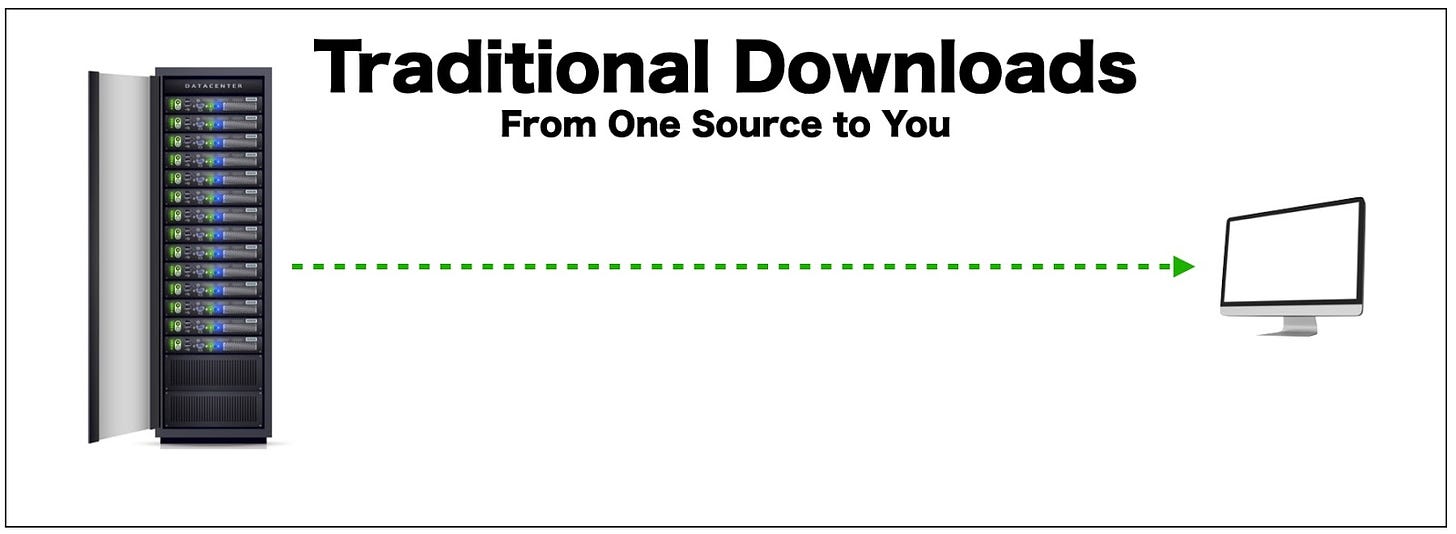
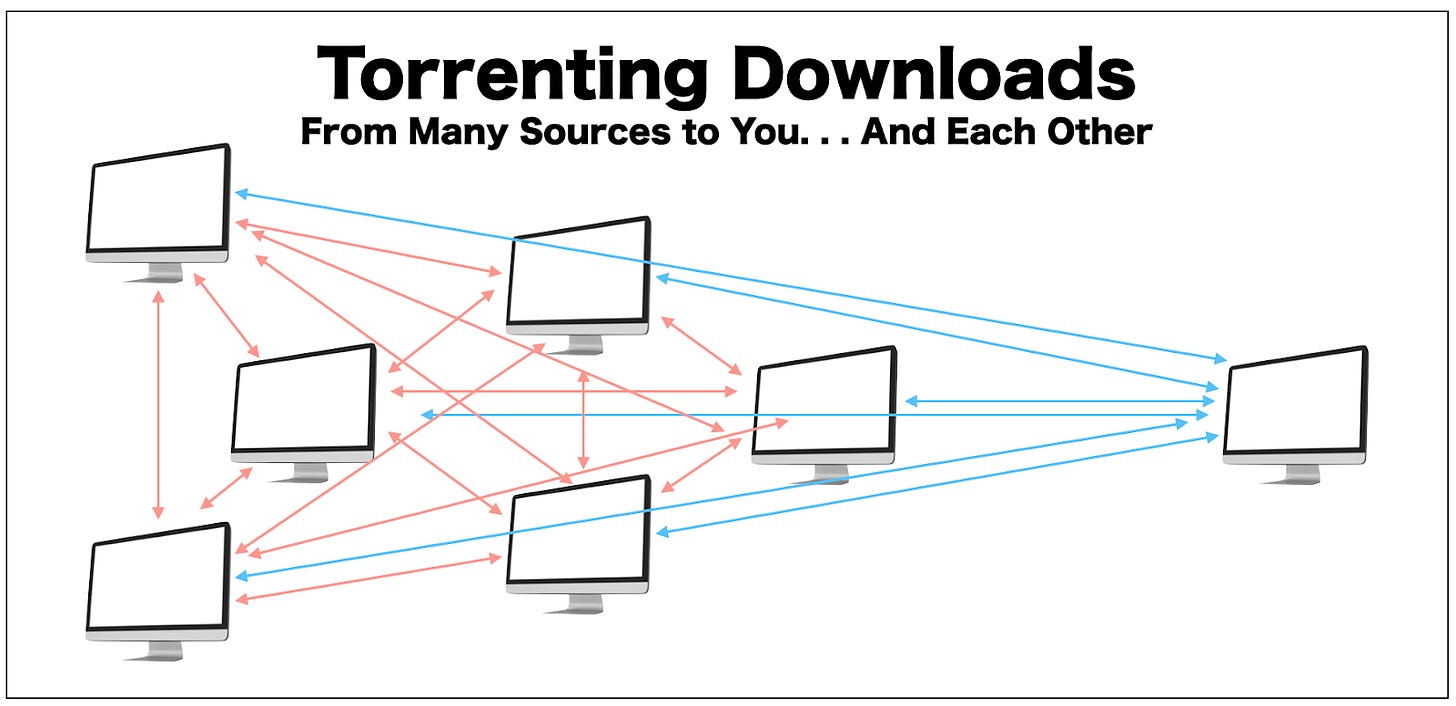
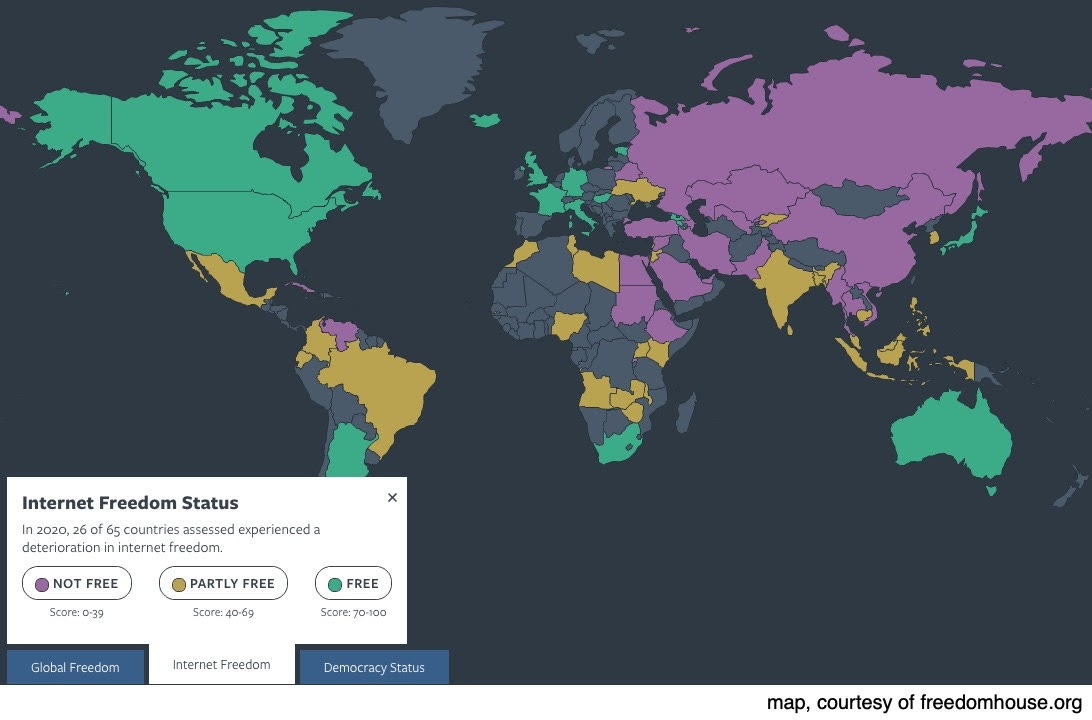
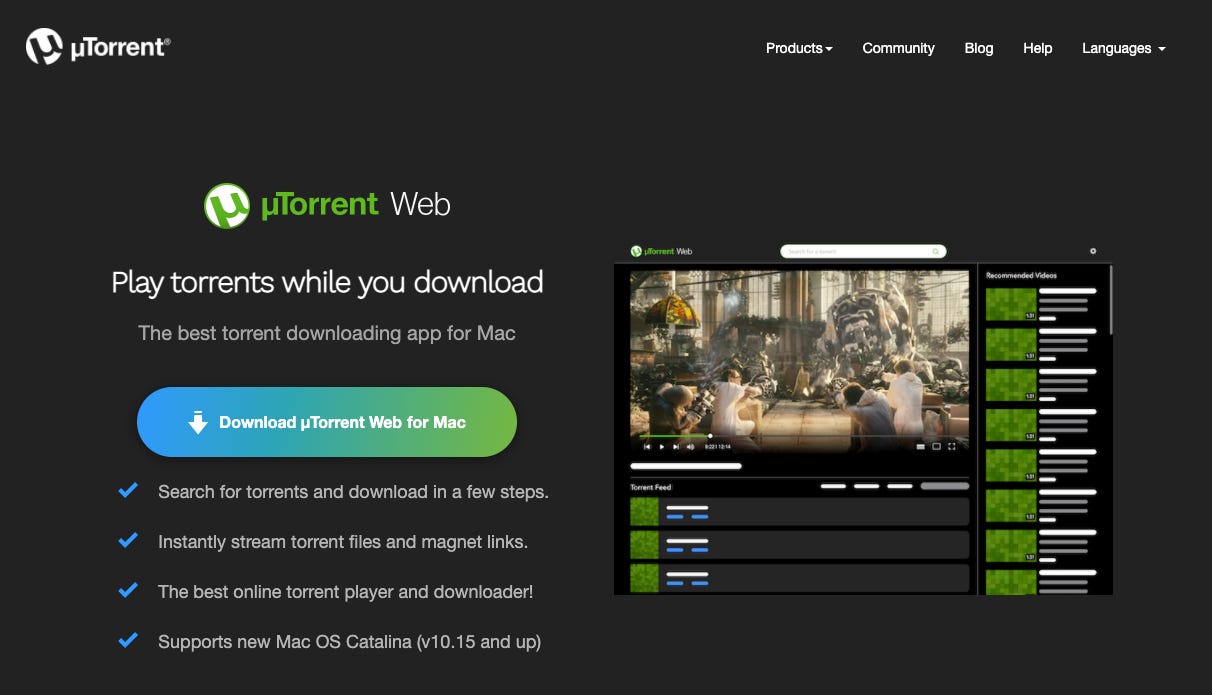
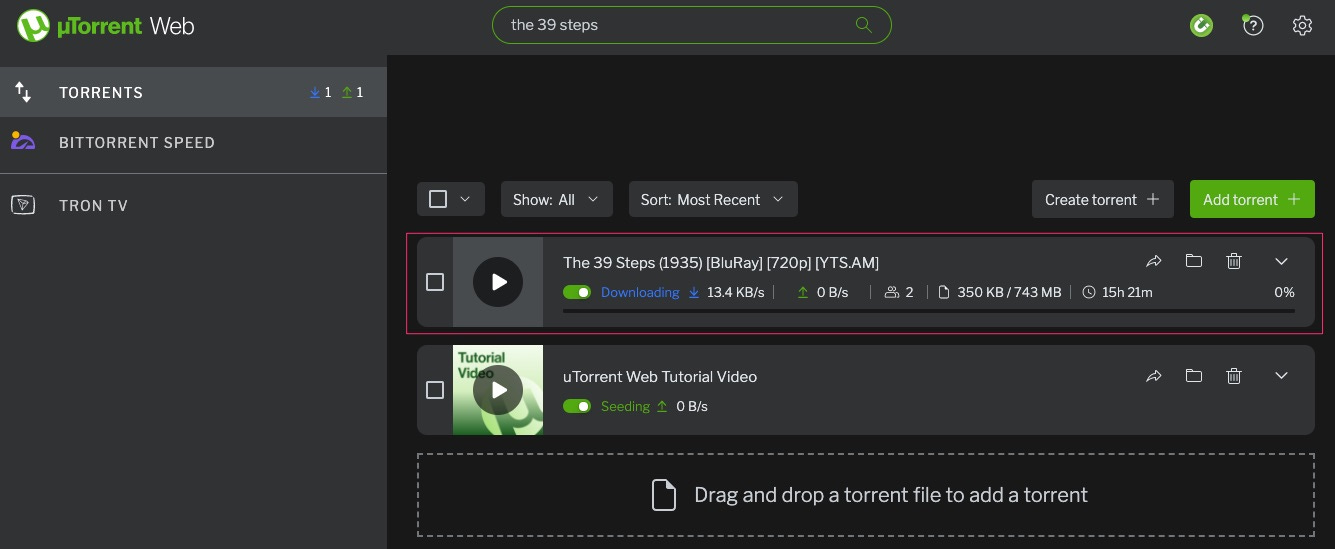






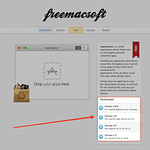






Episode #43: Torrenting & The Law